GET IN TOUCH
- Please wait...
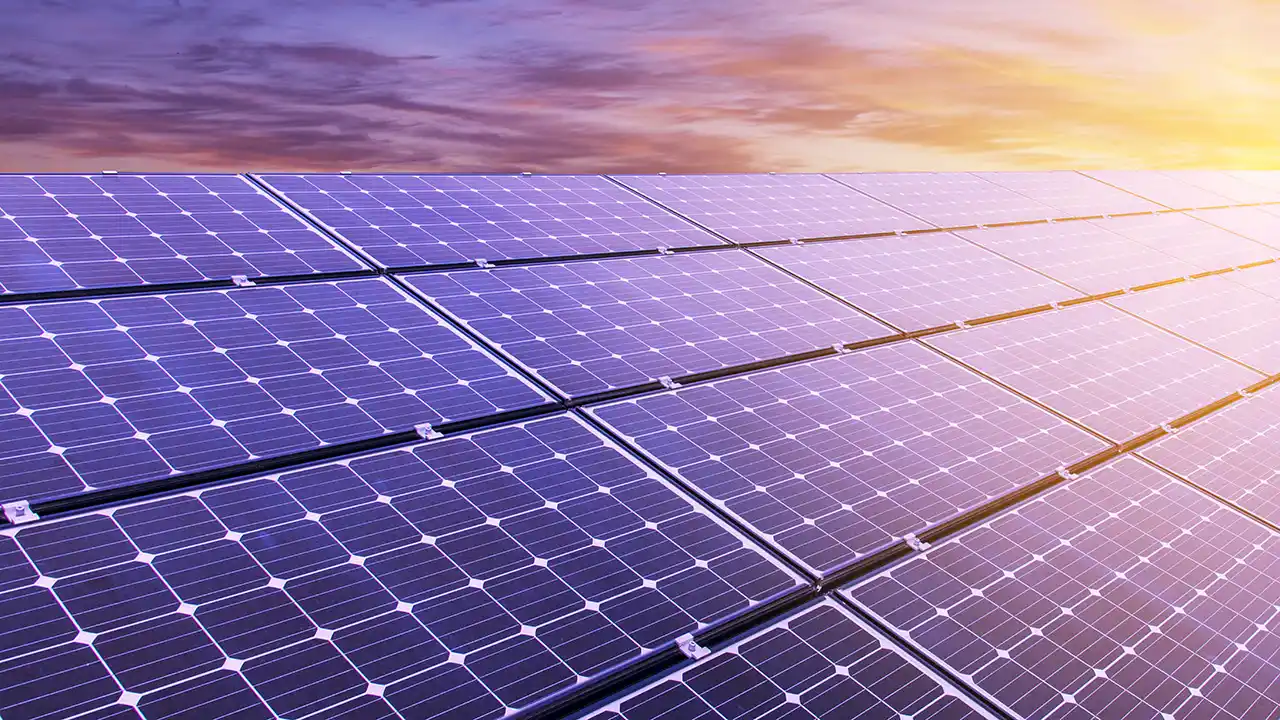
As one of the fastest-growing economies in Asia, Bangladesh is on track to leave the status of Least Developed Country (LDC) in 2026 [1]. For the country’s economic growth to be sustainable, it needs a reliable energy infrastructure that can keep up with the pace of rising energy demand. In 2022, Bangladesh managed to bring 100% of its population under accessible electricity. [2] While that is an admirable feat, what remains to be asked is the source of the electricity. Significant access to electricity has been through the utilization of non-renewable resources of energy such as natural gas, coal, and oil. [3] That can be a matter of concern for Bangladesh as it strives to grow economically while simultaneously alleviating its adversity to climate change. The ongoing global supply chain dislocations of Russian Gas and Fuel coupled with the devaluation of the Bangladeshi Taka against the US Dollar showed the extreme level of dependency the country has for generating electricity. However, data shows there is room for growth and incorporation of renewables into the country’s energy sources which can be both cost-effective and self-sufficient.
In recent years, Bangladesh has seen a significant boost in power generation due to various national and international initiatives. Yet, only 3.3% of the current energy sources are met by renewable energy sources. In 2019, the country could produce (capacity measure) 23,000 megawatts (MW) of electricity, of which only 659.53 megawatts came from renewable energy sources, such as solar and wind. From the renewable energy mix, 416 megawatts (MW) of energy capacity is sourced from solar. [4] While the percentage of total generation produced by solar is increasing, the share of the pie is still negligible. As one of the top-scoring countries on the climate vulnerability index, Bangladesh’s dependency on fossil-based economic development will only prove to be a disadvantage in the future. In 2020 countries around the globe generated 29% of their power from renewable energies. The goal has been set to 60% of power sourced from renewable resources by 2030. [5] Thus, Bangladesh must significantly increase its share of renewable energy sources to keep up its end of the deal at the Paris Agreement.
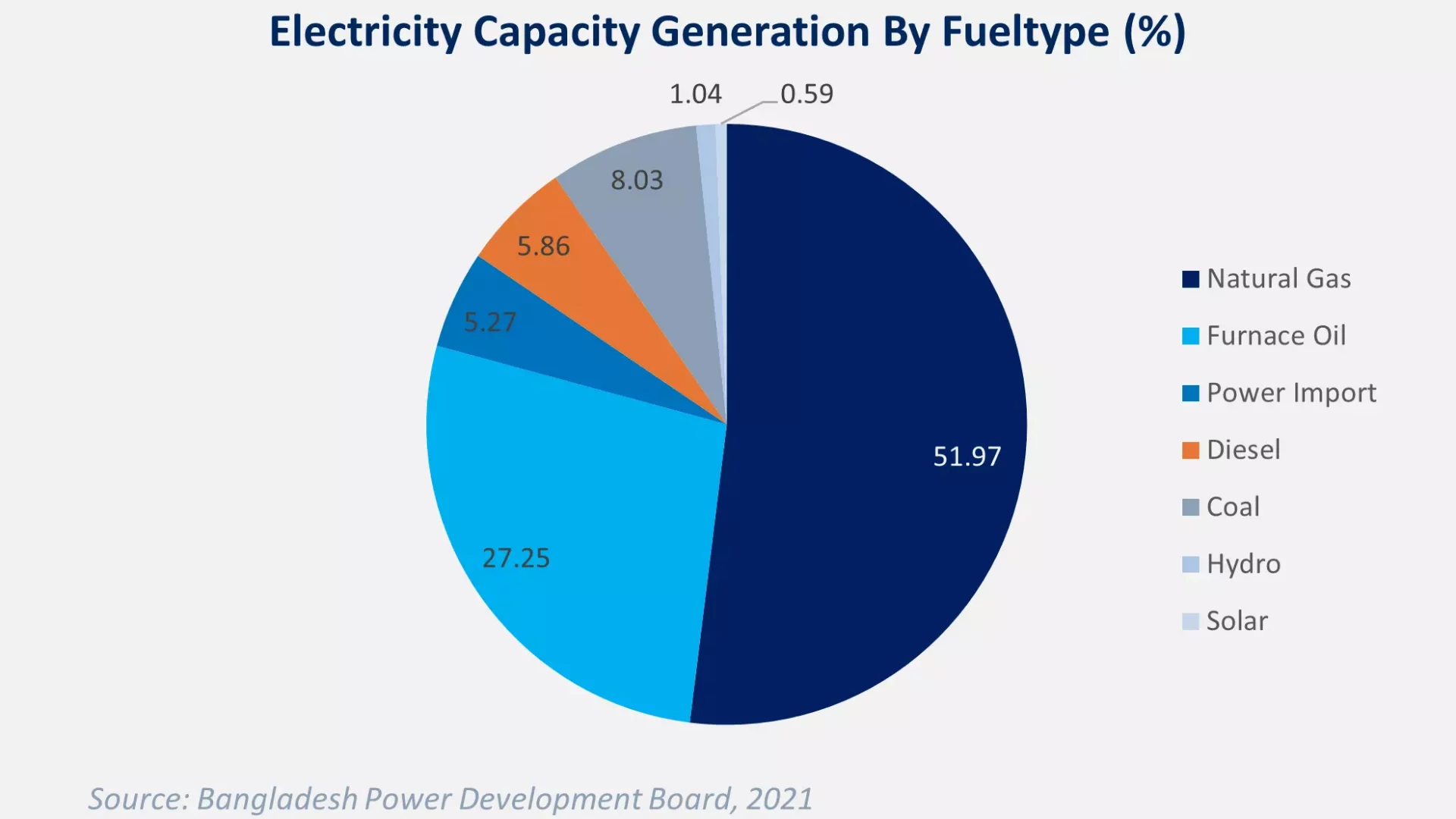
Bangladesh is fortunate enough to have immense potential in renewable resources across solar, wind, hydro, biomass, and biogas to meet the growing energy demand in the country. By the end of 2030, Bangladesh plans to produce 4190 megawatts (MW) of electricity from these natural renewable resources. [6] In the total share of 3%, the share of hydro, solar, and wind power is 60%, 39.5%, and 0.5%, respectively. [7] However, among all the sources of renewable energies, significant improvements are made in solar power.
As more than 62% of the population lives in rural regions, the benefits solar power can provide are immediate and potentially significant. [8] The major advantage of solar energy is mobility and accessibility. It is considerably easier to install solar panels almost everywhere compared to installing wind towers, hydro, or fossil fuel plants. The rural areas of Bangladesh reap most of the benefits as most of the electricity transmission through grid lines or natural gas-fueled power plants requires investments in land and capital, which otherwise could be dedicated to farming or social welfare.
The past few years have seen some significant improvements in solar power through various government-initiated renewable energy schemes. To meet the country’s policy goals of clean, accessible energy for the population, both Bangladesh Power Development Board (BPDB) and Infrastructure Development Company Limited (IDCOL) have taken various measures, implementing renewable energy projects to utilize solar energy. A few of these projects are the Solar Home system, Rooftop Solar Projects, Solar Mini-Grid Projects, and lastly Solar Irrigation Program. [9]

Foreign Direct Investment (FDI) in Bangladesh’s energy and power industry has always been encouraged through various policy frameworks to meet the rising domestic demand for energy [11]. For the first three decades after independence, Bangladesh had always been on the threshold of a persistent energy crisis due to population growth, scarcity of resources, lack of capital and infrastructure, lack of trained workforce, and widespread corruption. Thus, there has been a strong urge for FDI since the journey of privatization began after independence [11].
After the Paris Agreement in 2015, all countries agreed to ‘phase out coal‘ and transition into renewable energy. [10] According to expert analysis, the transition will cost developing countries like Bangladesh close to USD 70 billion[12]. Already, there has been a rise in foreign investments in renewable energy in Bangladesh, particularly solar power. Considerable interest has been shown by both Chinese and US investors. In 2020, the Chinese state-owned company, National Machinery Import and Export Corporation, announced a USD 500 million to build the necessary infrastructure to provide 450 megawatts of solar-powered electricity [12]. According to International Finance Corporation (IFC), Bangladesh can attract an estimated USD 17 billion in foreign investments in renewable energy projects [12].
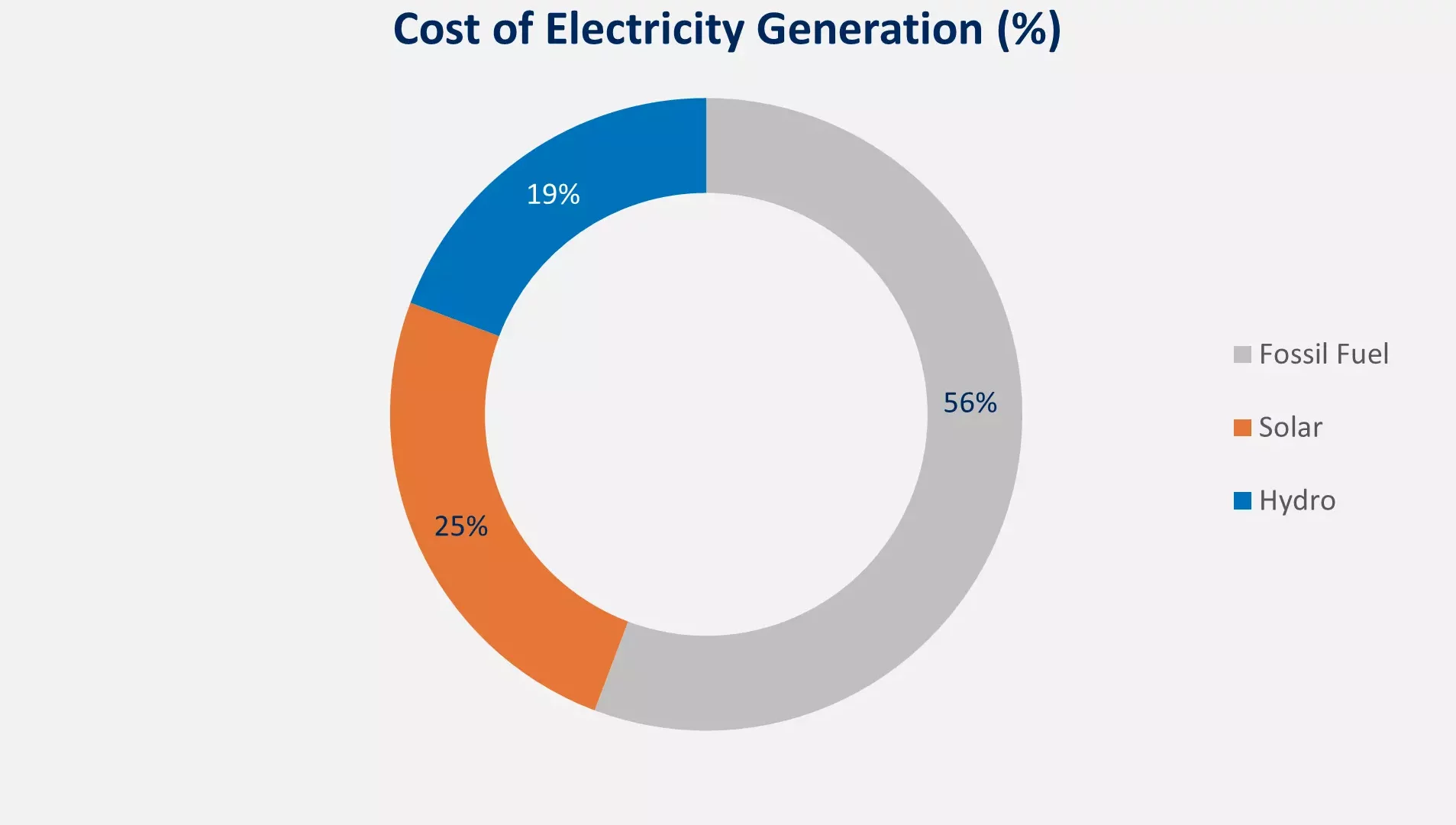
According to Bangladesh Power Development Board (BPDB), compared to fossil fuels, renewable energy has the lowest score for cost per unit of electricity production. In the fiscal year 2020-2021, the government of Bangladesh spent BDT 7.79 billion to generate electricity from fossil fuel power plants. According to the report, the average cost of producing electricity from liquid fuel in rental and public power plants, as well as from independent power producers (IPPs) and small independent producers (SIPPs), is Tk16.5 per unit [18]. Compared to that, BPDB generates 7.4 MW of solar electricity from its own Kaptai facility at a cost of Tk5.7 per unit, reducing the cost to more than half its crude oil counterpart.
In 2014, the government of Bangladesh took up 42 projects to ensure multiple sources of power, addressing power insecurity. By 2020, only 4 of the 42 projects have been completed. Lack of decentralization, lack of domestic finances, corruption, and land scarcity are some of the challenges facing implementing solar power projects in Bangladesh. Moreover, the output of a solar power plant is considerably less than a fossil fuel-based plant in terms of land-power ratio [13]. This results in a lack of interest from financial institutes to lend for the project execution. According to the Asian Development Bank, domestic banks cannot be involved in long-term financing contracts to build renewable infrastructure [13].
As a plan to be more sustainable and climate conscious, last year, Bangladesh canceled investment in 10 prospective coal power plants. While that is a major leap, there is an expectation that most of the coal power plants will be replaced by LNG-powered plants. However, the recent geo-political and economic events showed us how unstable that decision will be. After the Russian invasion of Ukraine, the energy market has seen volatility in prices, demand and supply. The global demand for gas leads to higher prices for consumers, businesses, and the government in Bangladesh. Already, the government has spent a substantial amount on subsidies and other expenses to cushion the price inflation of energy in 2021. As a result, the Bangladesh Power Development Board (PDB) suggested boosting the cost of energy by 66 percent—a hike that is likely to be passed onto consumers and small to medium enterprises, at least in part [16].
To accelerate toward the goal of sourcing 25% of the total grid electricity from renewable energy by 2030, Bangladesh needs to focus its foreign and domestic investments on building infrastructure and sustainable systems to grow existing capacities and scale up on renewable energy in order to safely transmit from fossil fuel to solar. There has been considerable interest from a Chinese state-owned company National Machinery Import and Export Corporation which would work towards building renewable energy infrastructure for Bangladesh [13]. The dependency on expensive imported fossil fuels amid the global energy crisis could essentially be our downfall as we strive to be a middle-income country [17].
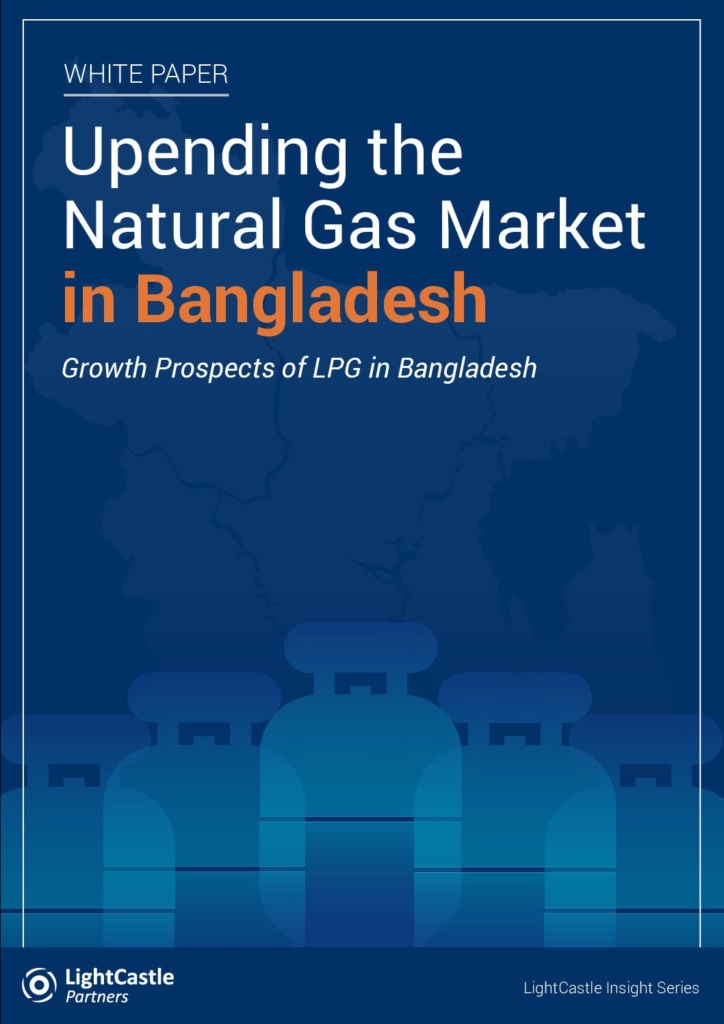 |
If you are interested to learn more about the Natural Gas Market in Bangladesh
|
Bangladesh is one of the most vulnerable countries to climate change. There is no alternative to phasing out coal and fossil fuels and ensuring a swift transition to clean, renewable energy. In the market, renewables are more stable in prices, devoid of geopolitical shocks from fossil fuels. It can help gain control of the country’s power sector and meet the growing energy demand. There is a potential for investment in this sector, as renewable energy may well be the future of energy in the coming decades.
Kaishary Islam, Content Writer, and Mubassir Rahman, Business Consultant, at LightCastle Partners, have prepared the write-up. For further clarifications, contact here: [email protected]
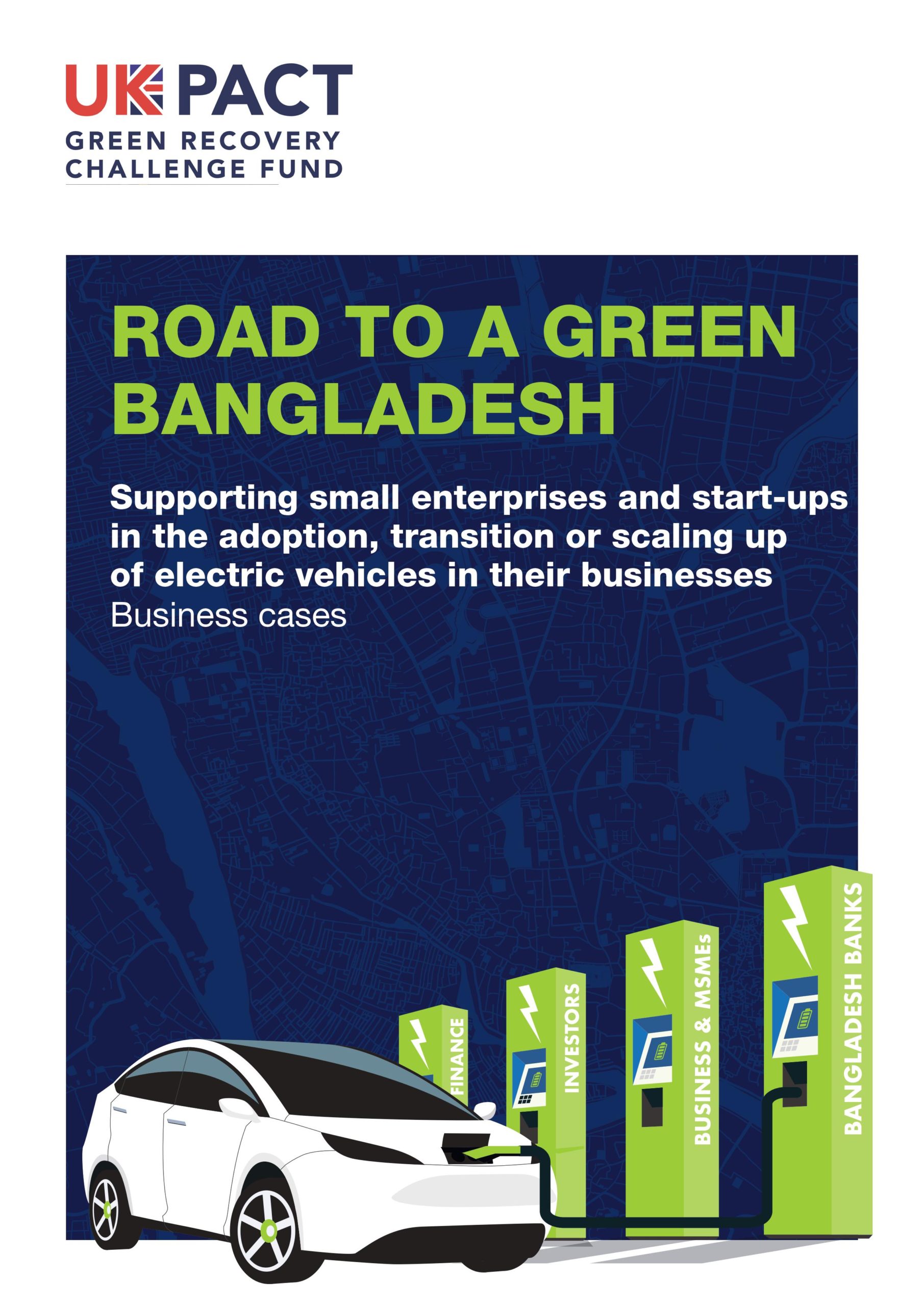 |
If you are interested to learn more about the Electric Vehicle adaptation in Bangladesh
|
Our experts can help you solve your unique challenges
Stay up-to-date with our Thought Leadership and Insights